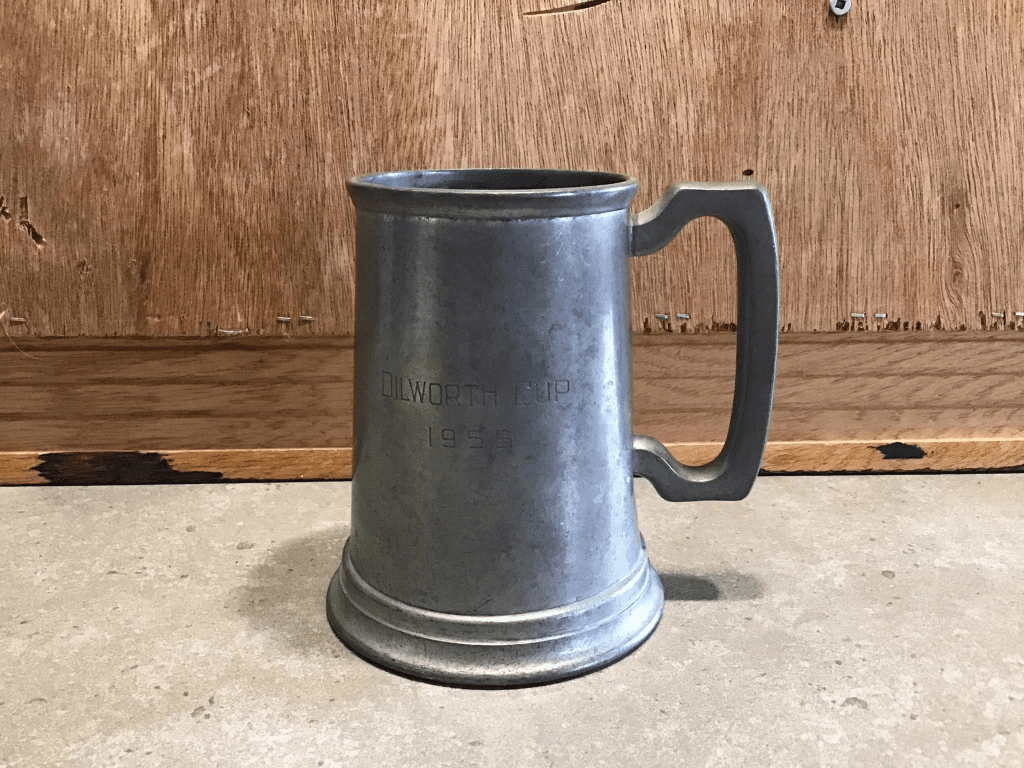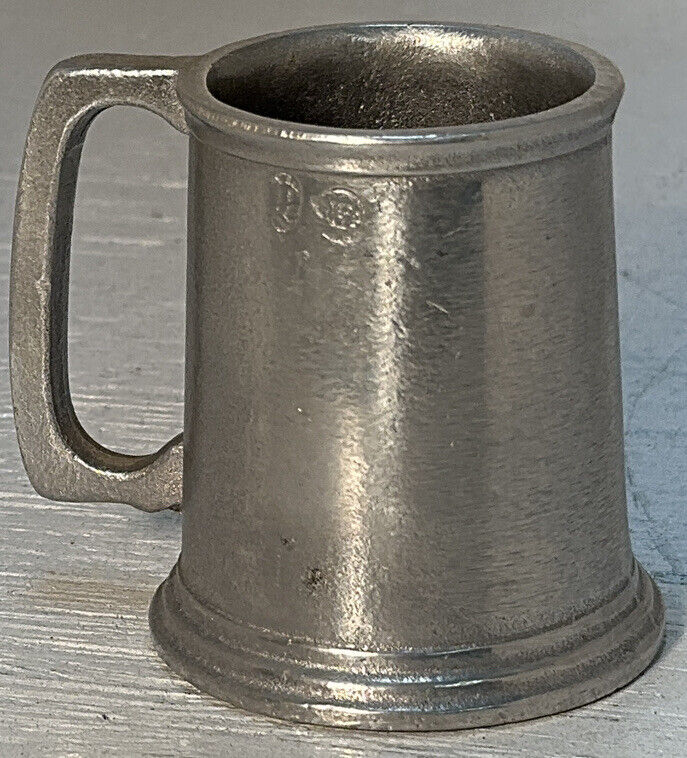For those who appreciate vintage craftsmanship and the nostalgia of old-world drinking traditions, the pewter beer tankard is a true relic of the past. This classic drinking vessel, once a staple in taverns and pubs across Europe and America, carries a history as rich as the ale it once held.
But what makes the pewter tankard so special? Why did it fade from popularity? And why do collectors and beer enthusiasts still treasure it today? Let’s take a deep dive into the fascinating story of this historic drinking mug.

A Brief History of the Pewter Beer Tankard
The pewter beer tankard dates back centuries, with origins traced as far back as the Middle Ages. Pewter—a soft metal alloy primarily composed of tin, with traces of copper, antimony, and sometimes lead—was widely used for crafting household items due to its durability and affordability.
During the 16th to 18th centuries, pewter tankards were the go-to drinking vessels in English and German taverns. They were often decorated with intricate engravings, family crests, or even guild emblems, making them prized possessions among beer lovers.
Unlike today’s glass mugs, these tankards had a solid, rustic charm. Their heavy, sturdy construction kept beverages cooler for longer, making them ideal for enjoying a refreshing pint of ale or stout.
The Rise and Fall of Pewter Tankards
So why did these once-popular drinking vessels disappear from the mainstream? The answer lies in both health concerns and evolving materials.
- Lead Contamination – Early pewter contained lead, which could leach into drinks and cause serious health problems over time. By the 18th century, safer lead-free pewter alloys were introduced, but the damage to the material’s reputation had already been done.
- The Advent of Glass and Ceramics – As glass production became more refined and affordable, clear glass beer mugs gained popularity. People preferred seeing the color and clarity of their beer rather than drinking from opaque metal.
- Industrialization and Mass Production – By the late 19th and early 20th centuries, the demand for glass and ceramic mugs overshadowed pewter. Traditional pewter tankards became more of a novelty than an everyday drinking item.
Despite their decline in regular use, pewter tankards never completely vanished. Instead, they transitioned into collector’s items, treasured heirlooms, and nostalgic keepsakes.
Pewter Tankards in Modern Collecting
Today, antique pewter beer tankards are highly sought after by collectors, historians, and beer enthusiasts. Their value depends on several factors:
- Age and Rarity – The older the tankard, the more valuable it becomes. Some tankards date back to the 1600s and fetch high prices at auctions.
- Maker’s Marks – Many historic pewterers stamped their work with distinctive hallmarks. Identifying a maker’s mark can significantly increase a tankard’s worth.
- Ornate Designs and Engravings – Some pewter tankards were personalized with intricate engravings, military insignias, or tavern names, making them unique collectibles.
- Condition – Well-preserved pewter, free from dents and corrosion, is more desirable. However, some collectors appreciate the patina that naturally forms over time.
For those lucky enough to inherit a pewter tankard or find one in an antique shop, holding one is like gripping a piece of history.

Why Pewter Tankards Still Matter Today
While modern beer drinkers typically opt for glass or stainless steel mugs, pewter tankards still hold a special place in traditional drinking culture. Some British and German pubs still use them for historical reenactments or special occasions.
Moreover, many craft breweries and beer festivals have revived interest in pewter tankards as novelty items. They symbolize a return to heritage, authenticity, and the art of savoring beer the way it was once enjoyed centuries ago.
Some benefits of pewter tankards include:
- Classic Aesthetic – They evoke the charm of old-world pubs and historic alehouses.
- Durability – Unlike glass, pewter doesn’t shatter easily.
- Unique Drinking Experience – Beer from a pewter tankard feels different—colder, richer, and more immersive.
Whether used for display or drinking, these tankards remain a cherished part of brewing history.
Where to Find Pewter Tankards Today
If you’re interested in owning a pewter beer tankard, you have several options:
- Antique Shops and Auctions – Some of the finest, most valuable pieces can be found in vintage markets or estate sales.
- Specialty Pewter Crafters – Some artisans still create handmade pewter tankards using traditional methods.
- Online Marketplaces – Websites like eBay and Etsy often feature a wide range of tankards, from genuine antiques to modern reproductions.
For those who appreciate nostalgia, history, and craftsmanship, a pewter beer tankard is more than just a drinking vessel—it’s a link to the past.
A Timeless Symbol of Tradition
Though pewter beer tankards may not be as common as they once were, their legacy endures. They tell the story of centuries-old drinking customs, historic taverns, and the evolution of beer culture.
So, if you ever come across one, take a moment to appreciate its history. Who knows? It might just be the perfect addition to your collection or a unique way to enjoy your next pint.